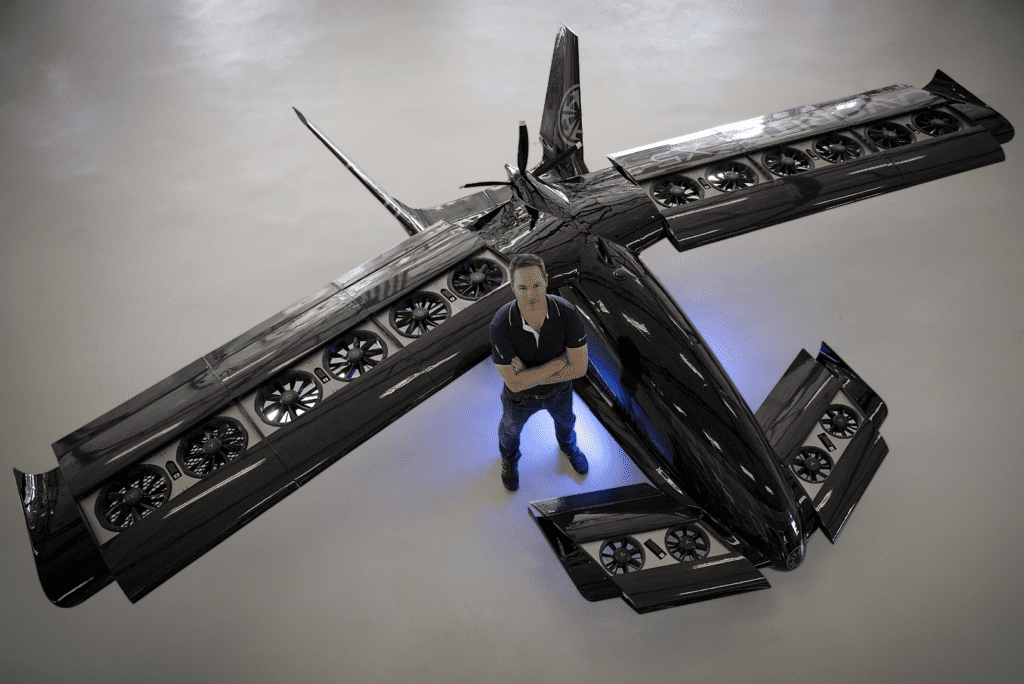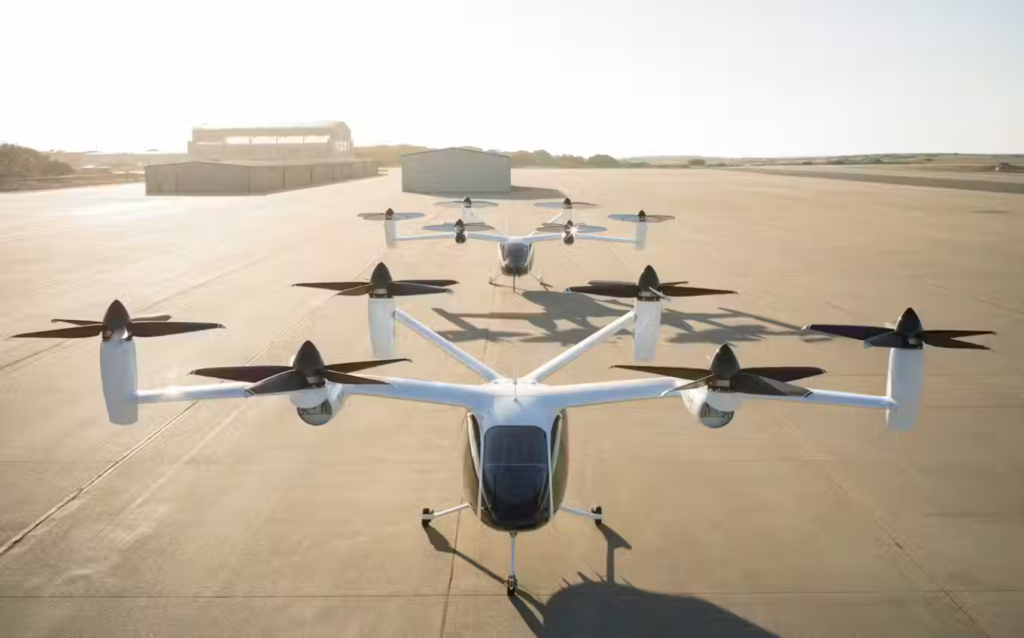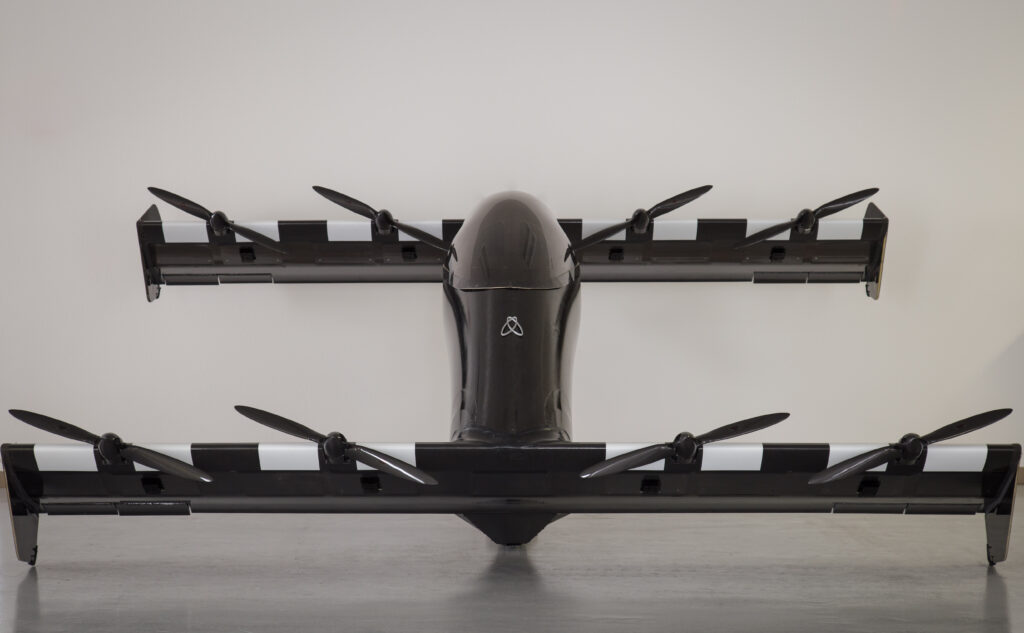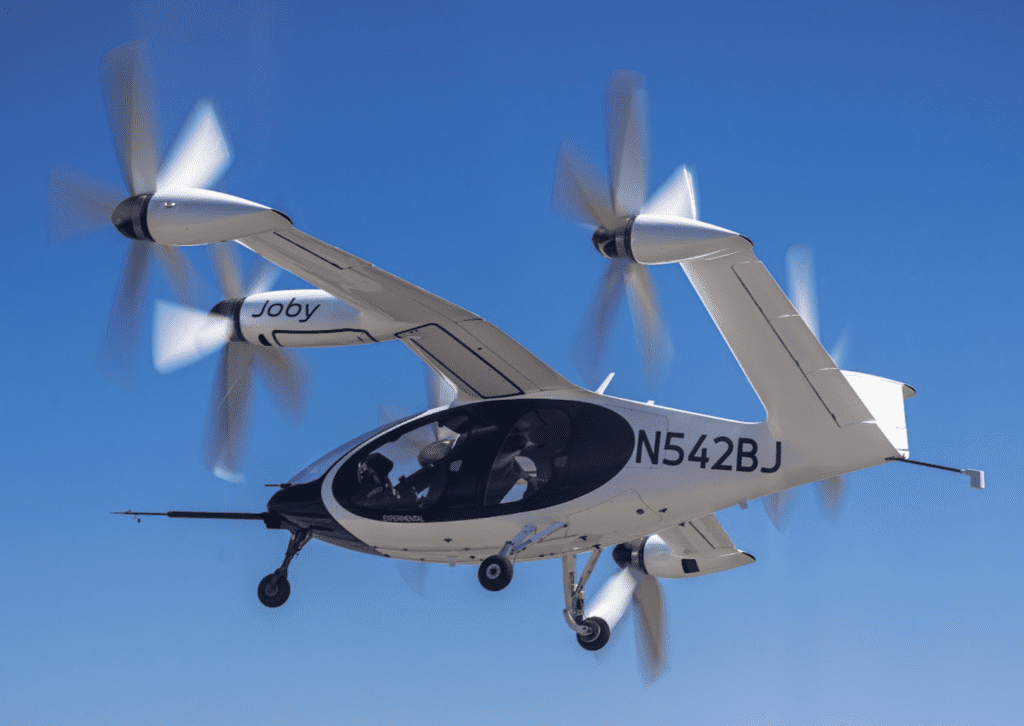Major Investors Expect First Commercial eVTOL Passenger Routes to be Operational by 2026 – February 27

New Horizon Aircraft Ltd., doing business as Horizon Aircraft (“Horizon Aircraft” or the “Company”), a leading hybrid electric Vertical TakeOff and Landing (“eVTOL”) aircraft developer, publishes new global research* that indicates global investors are anticipating the first commercial passenger routes of electric Vertical Takeoff and Landing (eVTOL) aircraft to be operational in the next few years as the Future Air Mobility market continues to advance rapidly.
Its global study with senior executives at leading investment firms in Japan, the US, Canada, Europe, the Middle East, and Asia responsible for more than $1.787 trillion assets under management reveals increasing optimism about the Urban Air Mobility (UAM) market with two in five (40%) investors stating they think the first commercial UAM routes will be operational by 2026. Only 4% of professional investors believe the debut date for commercial passenger routes will extend beyond 2030.
This study also revealed that nearly all (96%) professional investors agree that the growing demand for better and more efficient transportation systems across the world, combined with the need to reduce the environmental impact caused by more vehicles on the road and advances in technology improving the safety and viability of eVTOLs, will drive improvements in the regulatory framework and fuel investment in the sector over the next five years. Only 1% of investors did not agree that overcoming any potential obstacles would inevitably see increased investment in the eVTOL market.
The main factors concerning the eVTOL market that will need regulation highlighted by professional investors are Information and Communications Networks followed by Air Traffic Control and Security.
Horizon is targeting the future production of a manned seven-seat capacity hybrid electric eVTOL called the Cavorite X7 which includes room for a pilot and six passengers. It has been developed in response to demand from potential customers in the medevac, business aviation and commercial cargo sectors.
Brandon Robinson, CEO of Horizon Aircraft, said: “Private equity, venture capital and family office investors have been closely monitoring the Future Air Mobility sector for some time, but are now seeing an acceleration towards the launch of the first commercial eVTOL passenger routes. The sector has already attracted significant investment, and we anticipate that this will only increase as ongoing developments in technology and regulation provide new investment opportunities in this rapidly expanding market that has the potential to revolutionise transportation.”
Horizon Aircraft’s Cavorite X7 hybrid eVTOL aircraft is anticipated to carry 1,500 lbs of useful load at speeds up to 250 miles per hour and have an average range of over 500 miles with fuel reserves. Horizon believes that this experimental aircraft, if eventually licensed for commercial use, would be well-positioned to excel in medical evacuation, critical supply delivery, disaster relief, and special military missions. The Company believes that the proposed aircraft would also be attractive for Regional Air Mobility – moving people and cargo 50 to 500 miles.
Unlike many in its category, the Cavorite X7 is being designed with a hybrid electric power system such that it could, after its vertical takeoff, re-charge its batteries enroute when it is flying in a configuration like a traditional aircraft. After a vertical landing and completion of a mission, the aircraft is being designed to recharge its battery array in under 30 minutes in order to be ready for its next mission.
Horizon believes that its innovative approach and technology will allow the Cavorite X7 to fly 98% of its mission in a very low-drag configuration like a traditional aircraft. The Company believes that flying most of the time as a normal aircraft is also safer and will make the aircraft easier to certify than other radical new eVTOL designs. The Company is continuing the testing of its 50%-scale aircraft that it believes will reduce technical risk moving forward as it continues to develop its full-scale aircraft
* Horizon Aircraft commissioned the market research company PureProfile to survey 200 senior private equity, venture capital and family office professionals representing institutions managing with more than $1.787 trillion assets under management to capture their views on their eVTOL market. Respondents were based in Japan, Canada, the US, Europe, the Middle East, and Asia. The survey was conducted online in November 2023.
The post Major Investors Expect First Commercial eVTOL Passenger Routes to be Operational by 2026 – February 27 appeared first on Avionics International.
—————
Boost Internet Speed–
Free Business Hosting–
Free Email Account–
Dropcatch–
Free Secure Email–
Secure Email–
Cheap VOIP Calls–
Free Hosting–
Boost Inflight Wifi–
Premium Domains–
Free Domains









